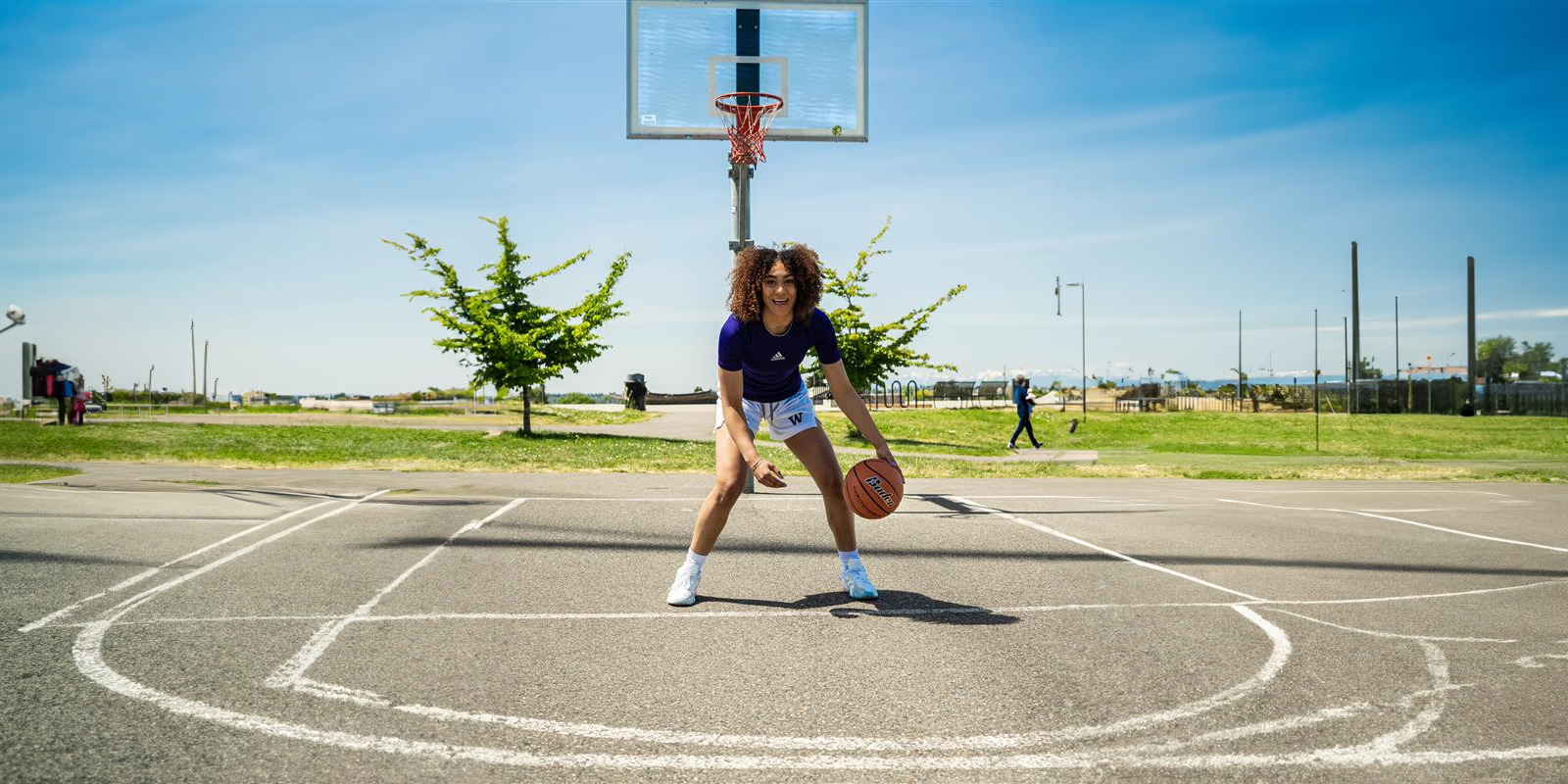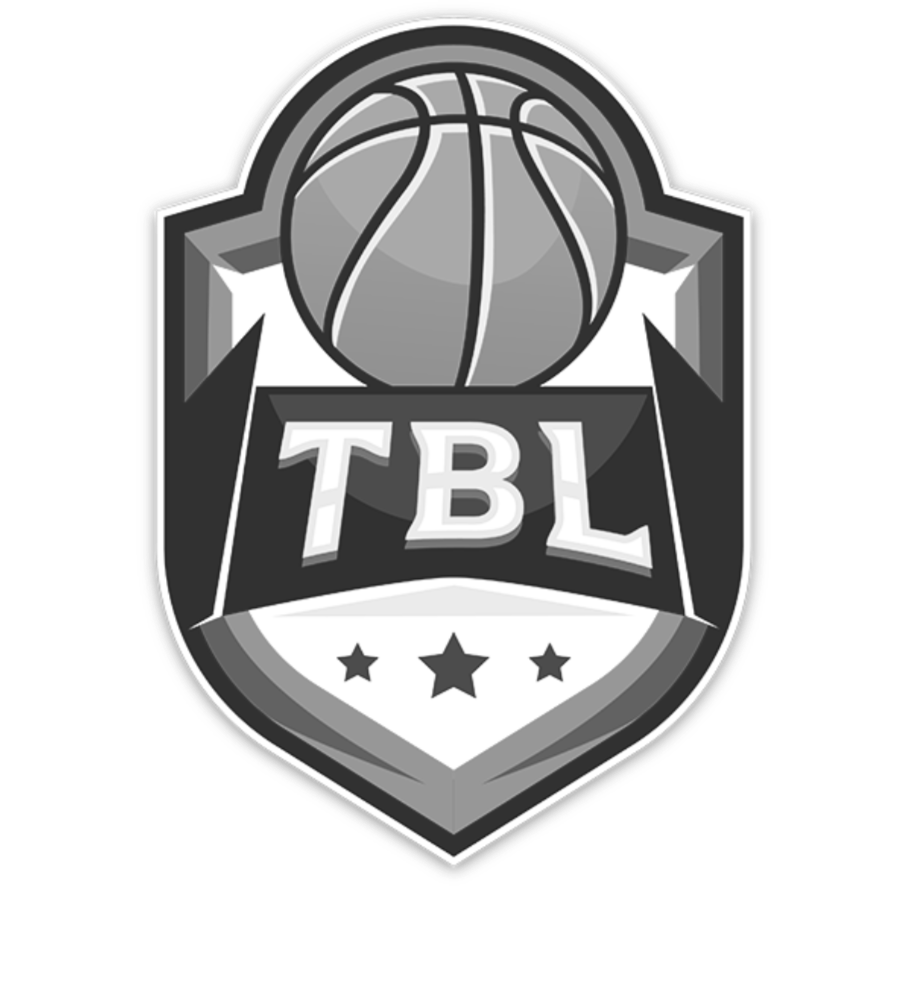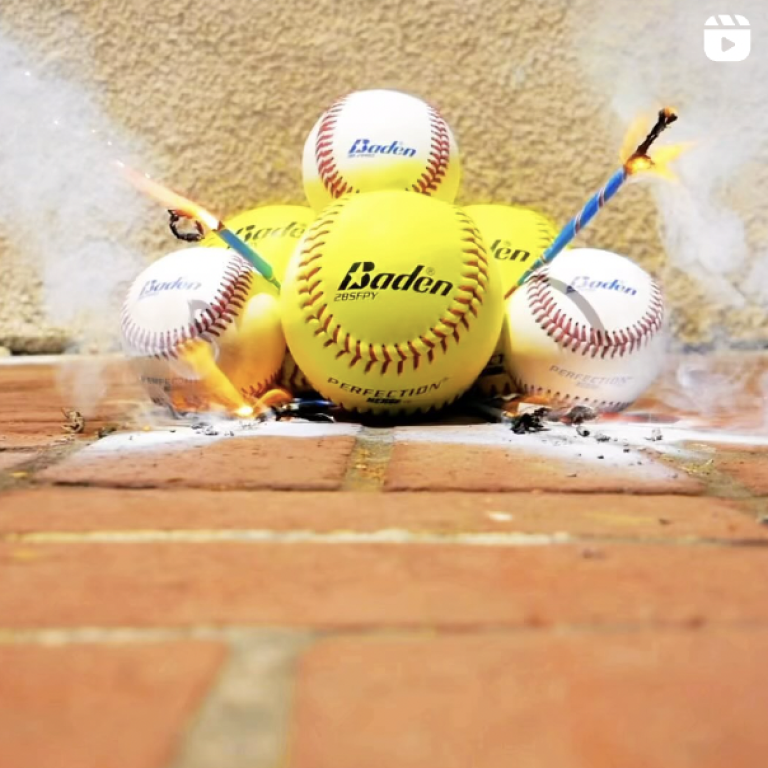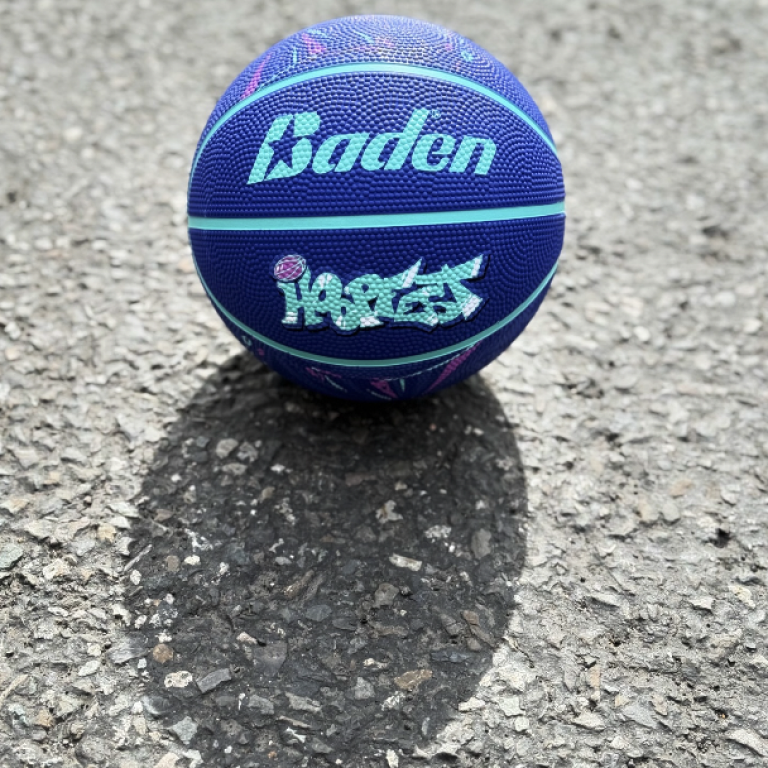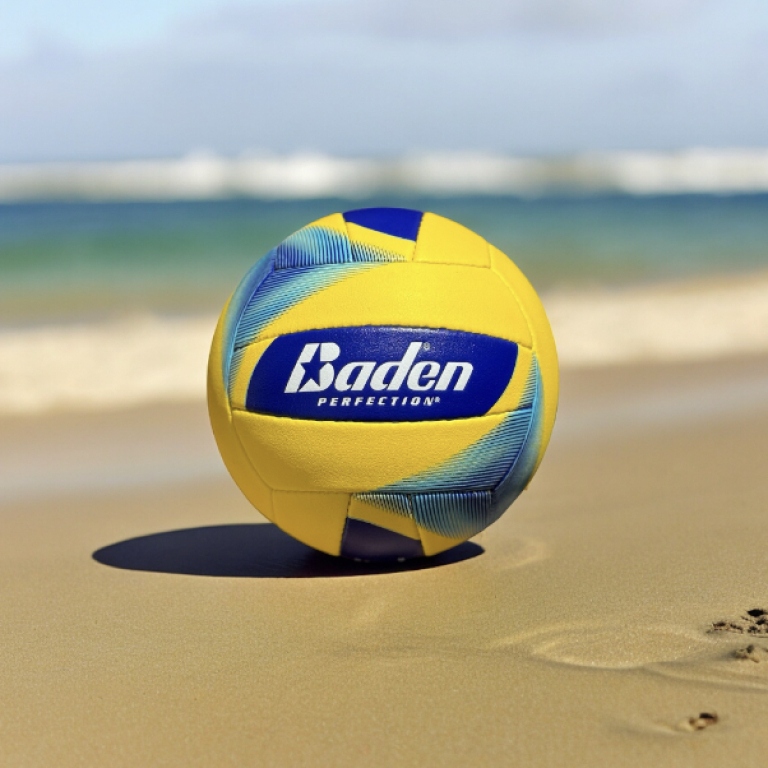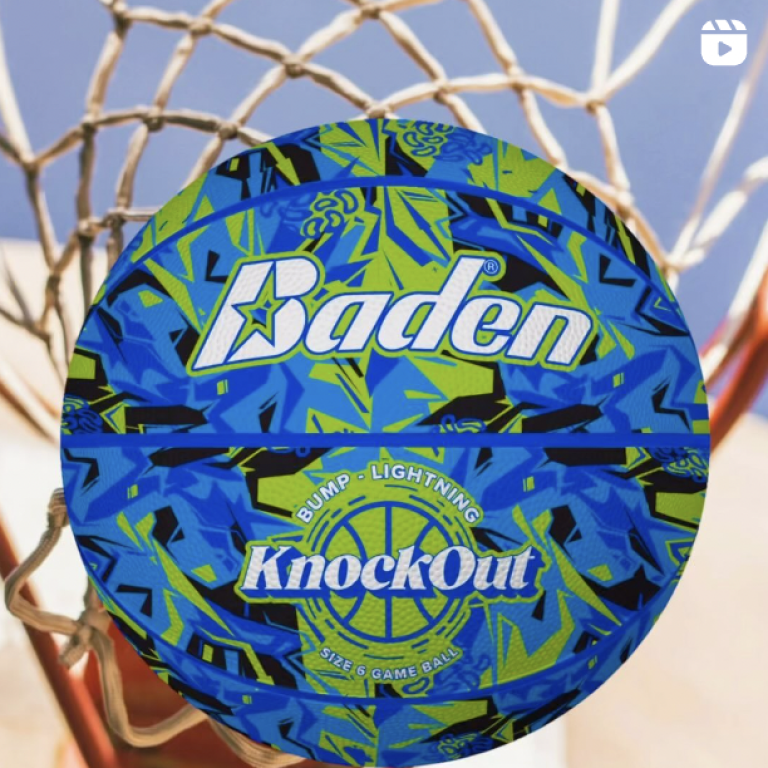When shopping for your child’s first basketball, size definitely matters. A ball that’s too big can discourage proper shooting form, slow down skill development, and even lead to injury. A ball that’s too small won’t provide the control they need as they grow. So how do you know which size is right?
In this guide, we’ll break down why basketball sizing is important, how to choose the correct size based on age and gender, and what to look for when buying your next ball in 2025.
Why Basketball Size Matters for Kids
Using the right size basketball is more than just about comfort it directly affects how a child develops their shooting technique and handles the ball.
According to the American Sport Education Program (ASEP), proper ball size helps young athletes:
-
Develop correct shooting form early
-
Reduce strain on their wrists and arms
-
Improve dribbling confidence and accuracy
-
Stay engaged and enjoy the sport longer
(ASEP Coaching Youth Basketball Guide)
Youth coaches across the country agree: playing with the wrong size basketball can lead to poor mechanics that are hard to unlearn later.
2025 Basketball Size Chart for Kids
Here’s a simple breakdown to help you match the right size basketball to your child:
| Ball Size | Circumference | Weight | Recommended For |
|---|---|---|---|
| Size 3 | 22 inches | 10–11 oz | Ages 4–6 (“Mini” basketball) |
| Size 4 | 25.5 inches | 14 oz | Ages 5–8 (less common) |
| Size 5 | 27.5 inches | 17 oz | Ages 8–11 (Elementary school level) |
| Size 6 | 28.5 inches | 20 oz | Girls 12+ and Boys 12–14 (Middle school) |
| Size 7 | 29.5 inches | 22 oz | Boys 15+ and Official NBA/NCAA size |
As of 2025, USA Basketball and FIBA still recommend Size 6 (28.5") as the official ball for women’s play, while men use Size 7 (29.5"). Many youth leagues follow this guideline based on gender and age (USA Basketball Youth Guidelines).
How to Tell What Size Basketball Your Child Needs
Ask these three questions:
-
How old is your child? Age is the clearest baseline for choosing a ball size.
-
What league are they playing in? Recreational and school leagues may have set ball sizes, so it’s best to confirm with the coach or organizer.
-
Can they shoot and dribble comfortably? Watch how they handle the ball. If their mechanics look strained or unnatural, the ball might be too heavy or large.
Some experts even recommend letting kids try different sizes at a local sports store or gym. Muscle development, hand size, and strength vary more than you’d think at every age.
Bonus: Indoor vs Outdoor Basketballs in 2025
In 2025, most brands now offer composite leather balls that work for both indoor and outdoor use. If your child mostly plays on blacktop or driveway surfaces, choose a ball labeled “outdoor” or “all-surface” to prevent premature wear.
Also, check inflation. A properly inflated ball bounces to about chest height when dropped from shoulder level anything less and your child may struggle to dribble.
Conclusion
Choosing the right basketball size might seem minor, but it can dramatically affect your child’s enjoyment and progress in the game. Start with their age, confirm league requirements, and test for comfort. It’s a small decision that makes a big difference.
For 2025, stick with this rule of thumb:
Size 5 for kids under 11, Size 6 for preteens and girls 12+, and Size 7 for boys 15 and older.
When in doubt, go slightly smaller for younger players to encourage correct form and foster love for the game.
Sources
-
USA Basketball. “Youth Guidelines.” 2025. https://www.usab.com/youth/development/youth-guidelines.aspx
-
FIBA Equipment & Venue Centre. “Official Basketball Size Regulations.” 2025. https://www.fiba.basketball/equipment-and-venue
-
Human Kinetics / ASEP. “Coaching Youth Basketball.” https://human-kinetics.s3.amazonaws.com/Asep/pdfs/Coaching_Youth_Basketball.pdf
-
Wilson Sporting Goods. “Basketball Size Chart.” https://www.wilson.com/en-us/explore/basketball/guides/basketball-size-chart
-
NBA. “Basketball Basics.” https://www.nba.com/news/basketball-basics



